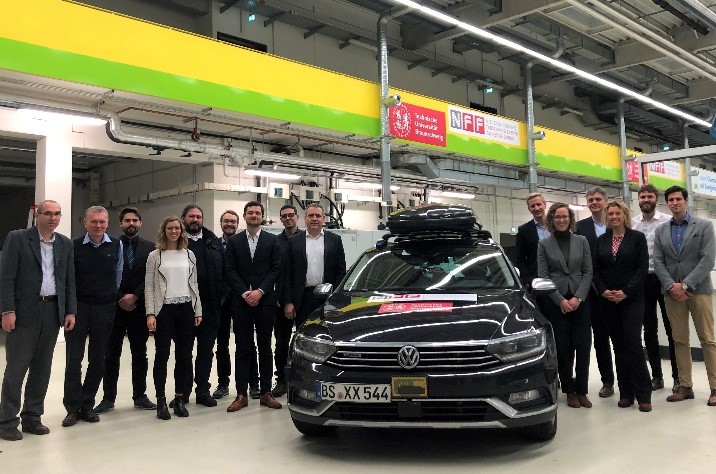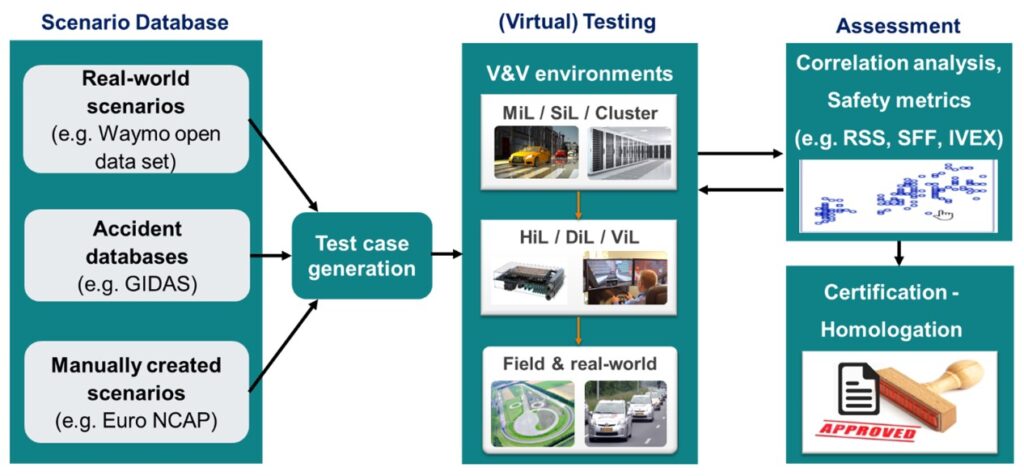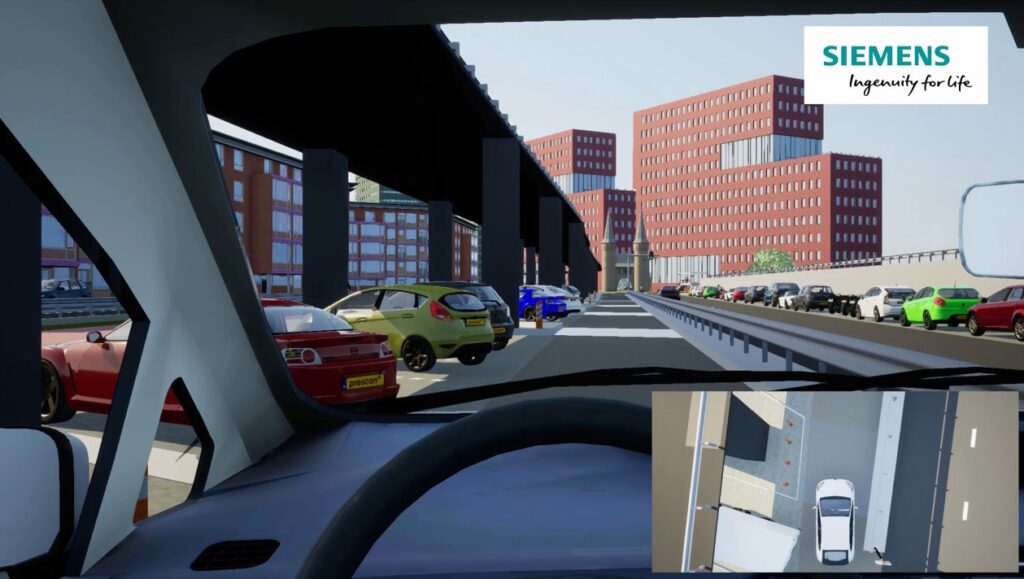The “UrbanSmartPark” Project – Intelligent parking solutions in urban areas


Developing autonomous vehicles that are capable of level 4 automation is fully focus for OEMs and many research institutes. Before these new generation vehicles become a reality and rule the roads more simple features will emerge first. These will have a short-term impact the future of mobility. One of these features is intelligent parking solutions, which includes automated valet parking.
Solving the universal parking problem
Statistical data shows that one of the biggest inefficiencies in our transportation system is related to parking. Most of you must have experience in how annoying it can be to be looking for a parking spot in an urban area. And how you can be forced to park far away from your destination. This year Siemens and TASS International (a Siemens business) have taken part in a recently started project „UrbanSmartPark“. It is the first project within “KIC Urban Mobility“, a European initiative supported by the EIT (European Institute of Innovation & Technology). The institute has been working to encourage positive changes in the way people move around cities. The aim is to make them more livable places and to integrate user-centric mobility services and products.
The „UrbanSmartPark“ project will be exploring several questions in the domain of automated / smart parking: how parking solutions could be made more intelligent, the potential technical solutions, the possible business models and the current or desired legal framework. In this two-year project the aim is to develop and pilot demonstrations of intelligent parking solutions in urban areas. We will develop new business models with the aim to create financial sustainability of the proposed solutions.
Outlook of the project
The official start of the project took place in January 2020 in Braunschweig, Germany at the Automotive Research Center Niedersachsen (NFF). We started with a two-day workshop of all partners. During the first year of the project the team will be focusing on the definition of use cases. Also, a market analysis and the prototypical implementation of automated parking functions. In the second year we plan concrete demonstrations in the city of Hamburg. As well as studies on the commercialization of the developed products.
A variety of different partners
The main industry partners are Škoda Auto, Altran Technologies and Siemens/TASS (The Netherlands). Research partners are from the NFF (Germany), Institute of Information Theory and Automation, Czech Republic (UTIA), Czech Technical University of Prague (ČVUT) and Fraunhofer SCS (Germany) and city partners are Hamburg (Germany) and Helmond (The Netherlands).
Virtual verification and validation
The verification and validation (V&V) process of automated driving systems is complex and extensive as shown in the figure below. Virtual verification and validation are followed by extensive testing on the test track as well as on-road testing.

During V&V several aspects can be considered but our focus in this project was on the functional safety aspects according to ISO 26262 and SOTIF. The developers want to make sure that the system operates according to the specifications during normal operation mode, during failures and during limited functionality, too.
The real test environment – located in Hamburg, Germany – has been virtualized using Simcenter Prescan. The vehicle dynamics model is a 15 DOF (degree of freedom) model. This is built using Simcenter Amesim. The static environment, the dynamics objects, the sensors, the controller are all modelled using Simcenter Prescan (see image below).

We have automated the validation and verification process – considering a scenario-based approach, and have used Simcenter HEEDS Workflow Manager for this. This allows quick performance assessment and sensitivity analysis. Plan is to tests and execute demonstrations in December 2020.
Throughout the upcoming two years we will be posting regular updates on progress, demonstrations and outcomes of this project.
If you want to know more about the project, contact Alexandru Forrai, Ph.D., fellow engineer and consultant, Siemens Digital Industries Software, or visit the EIT Urban Mobility website.


